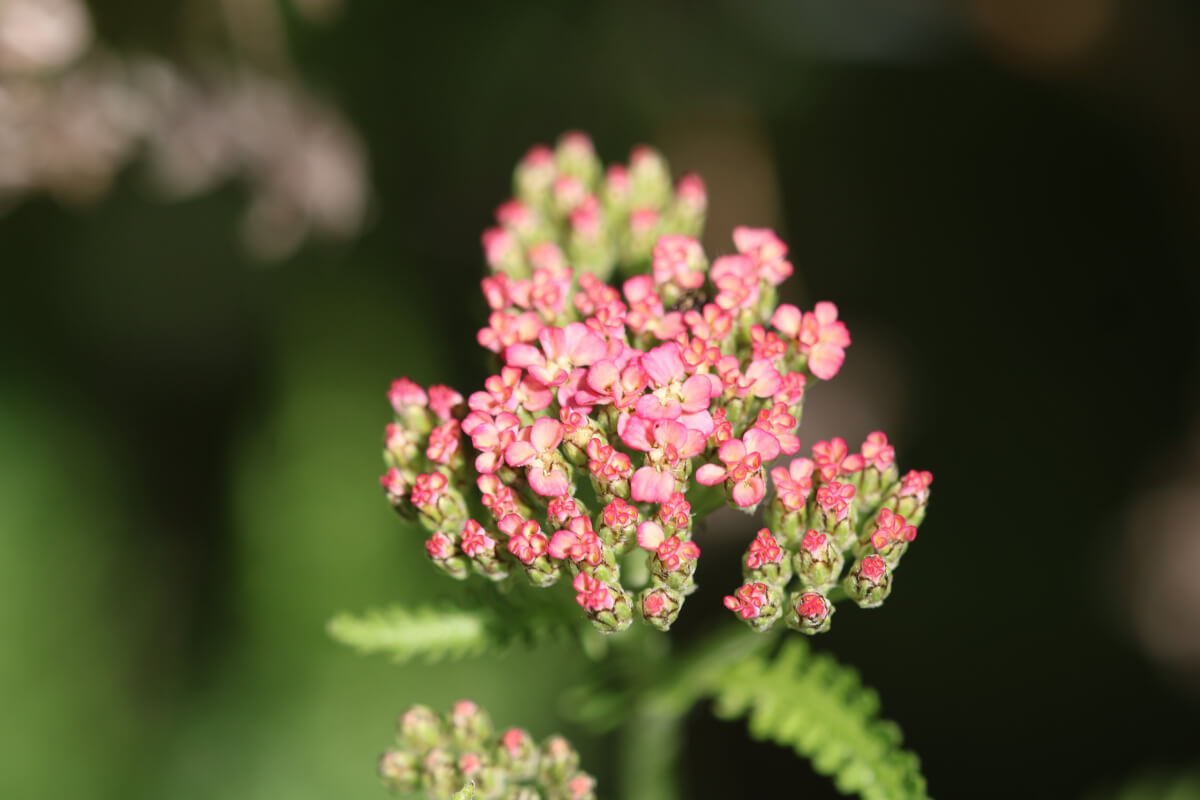For today’s Flower Friday, we’ve got a common northern variety that you might want to know more about! This is the first time we’ve featured Yarrow, a favorite perennial in our lineup!
Going by the Latin name Achillea Millefolium, you might be surprised to learn this flower is within the Aster family. As a native to the northern hemisphere, you’ll find Yarrow naturally spanning the northern half of the globe from North America to Asia. In fact, Alaska has its own native variety of Yarrow called Alpicola.
Technically a rhizome that also produces seeds, this plant spreads quickly within its preferred habitats, typically grassy areas with low competition and open forests. It has an exceptionally wide elevation preference, growing from sea level to well over 11,000 feet. If introducing it to a new garden, it’s considered borderline invasive, so it’s best to be sure you want it around because it’s going to get around! But, by doing so, it will bring in beneficial pollinators, is a favorite of butterflies and is known to repel some pests.
Curiously, native varieties tend to be exclusively white in color. However, many colored cultivars have been developed. When you introduce these colored cultivars into a an area with native Yarrow, cross pollination can occur that will alter the color of native Yarrow plants in future years!
Originally named in the times of Greek mythology, Achilles is the namesake of the Yarrow flower. According to folklore, he carried Yarrow into battles to treat the battle wounds of his army. It also has druidic history, with the lore claiming Yarrow could help one find their true love and induce paranormal extrasensory perception.
Yarrow has a rich history of uses in traditional and herbal medicine, thanks to its astringent properties and the laxative effect the leaves produce. The entire plant can be safely consumed, however, it is recommended only in fairly low doses. Common historic uses include treatment for headaches, toothaches, earaches, treating cuts or abrasions, throat infections, general pain/fever reduction and even as an eyewash. It was used to treat severe battle wounds as recently as the US Civil war. The Navajo refer to Yarrow as “life medicine” and Yarrow even saw historic use in beer making, prior to hops becoming the popular bittering agent.
This just barely scratches the surface of the importance of Yarrow as a flower. It’s easy to pass this flower and not even give it a second thought, but it’s one of the more important flowers in history. We hope maybe you gaze upon this plant and give thought to that rich history!


